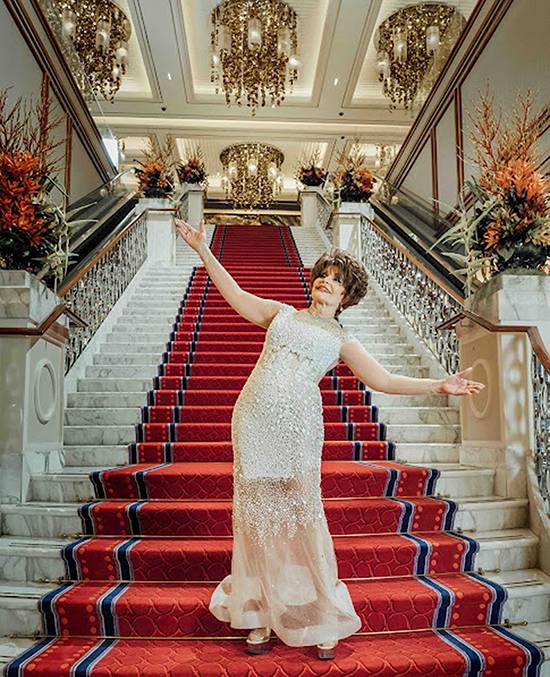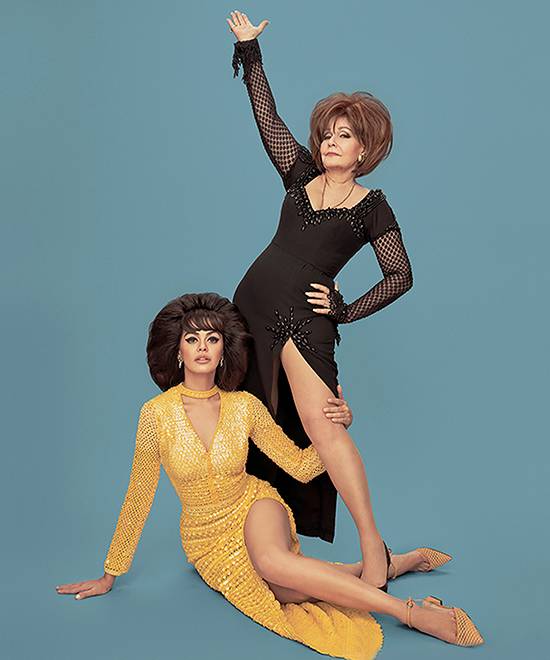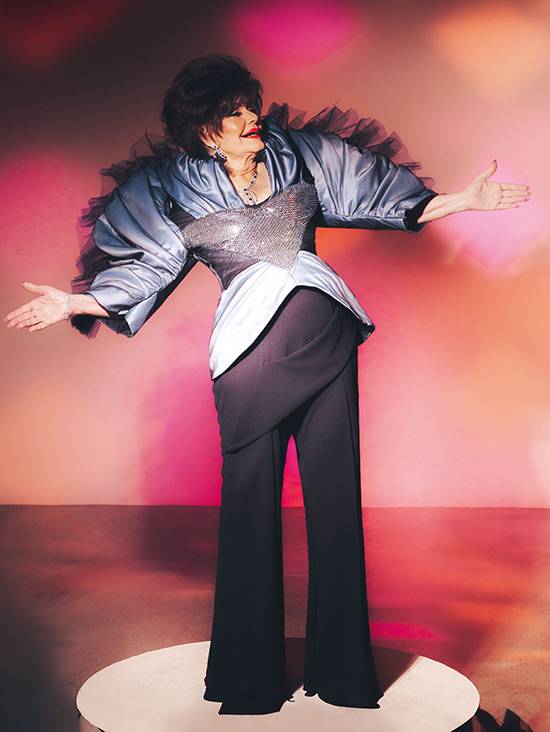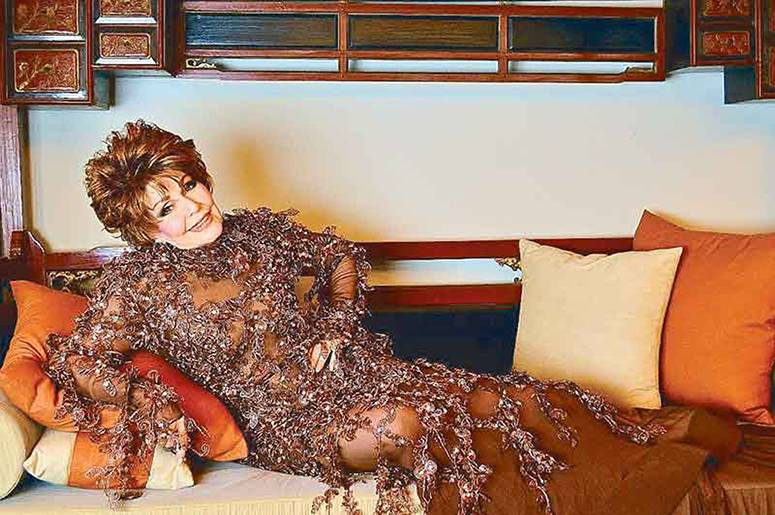Pilita Corrales: The style chameleon
Pilita Corrales was always a vision that captured our imagination. Watching her on television in that fully beaded, serpentina gown singing A Million Thanks to You, defying gravity by bending backwards in her signature liyad pose, it was both a singing and acrobatic feat that no singer ever dared do or could do. She was such an icon that many tried to emulate her singing and her style, including impersonators led by Boots Babushka in the 1970s. A famous hairstylist, he was known as the only one who could come close, immensely amusing Pilita who complimented him and remarked, “Now, I wonder if I’m the fake one!”
But that was Pilita, who was known for her humor and generosity of spirit that made her popular with all demographics, drawing a lot of tributes when her passing last April 12 came out in the news. She said in an interview with Joanne Zapanta-Andrada in this paper once, “You know that many of my gowns have slits that show off my legs. I notice sometimes that the wives get uncomfortable, assuming that their husbands will give me undue attention. Well, these are the women that I go out of my way to engage with during my show. By the end of the evening, these women are all smiles and are happy to have been with me.”
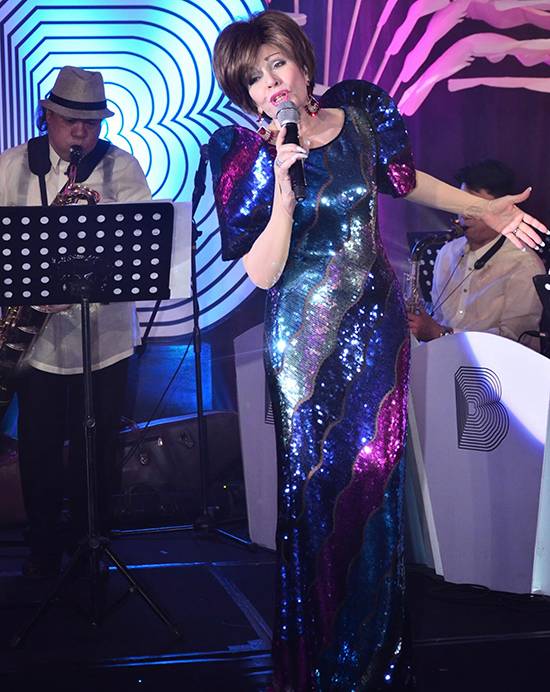
We met her at the Bench book launch of Fashionable Filipinas in 2015 when she was 76 but didn’t look a day older than 40 (She always said age is just a number) and was resplendent in a terno, singing Tagalog songs which she made popular together with Cebuano, Spanish, and English ones. And yes, she could still do the liyad to rapturous applause. We complimented her hair which she candidly admitted was one of many hairpieces that were convenient for a busy sched which consisted of many engagements for a multi-hyphenate like her, from singer-songwriter and actress to comedienne and even a model when designers asked for her.

Born in 1939 in Lahug, Cebu, to Fil-Hispanic parents, her mother made dresses for her first singing engagements. She basically styled herself. “There were only the big designers—Ramon Valera, Ben Farrales, Pitoy Moreno—but I was just starting out and could not afford them. They would instead be commissioned to design clothes for me since borrowing (or pulling out) was not yet a practice,” she shared in an interview with preview.ph in 2019.
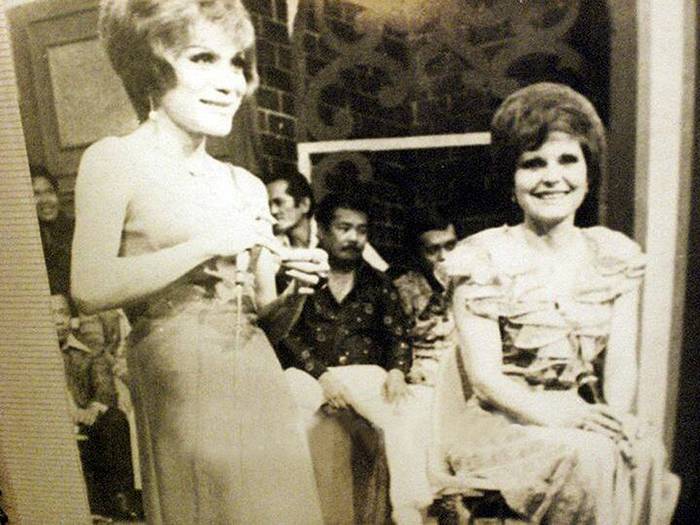
She actually honed her style when she was sent to finishing school at the Colegio Mayor de Padre Poveda in Madrid where she learned everything, from music to cooking, etiquette and how to dress. After that, she was exposed to yet another part of the world when she tried her luck in Australia, where she became a pop star, leading the charts with her song Come Closer to Me in 1959. She was such a hit there that they named a street after her in Melbourne.

Coming back to the Philippines in 1963, she became a radio star in DZPI and performed in the top theaters—Clover and Manila Grand Opera House. She would have someone from her native Cebu make gowns for her, especially when she started An Evening with Pilita where she had to change gowns around four times per show. When she didn’t need them anymore, she returned the gowns so the designer could sell them.
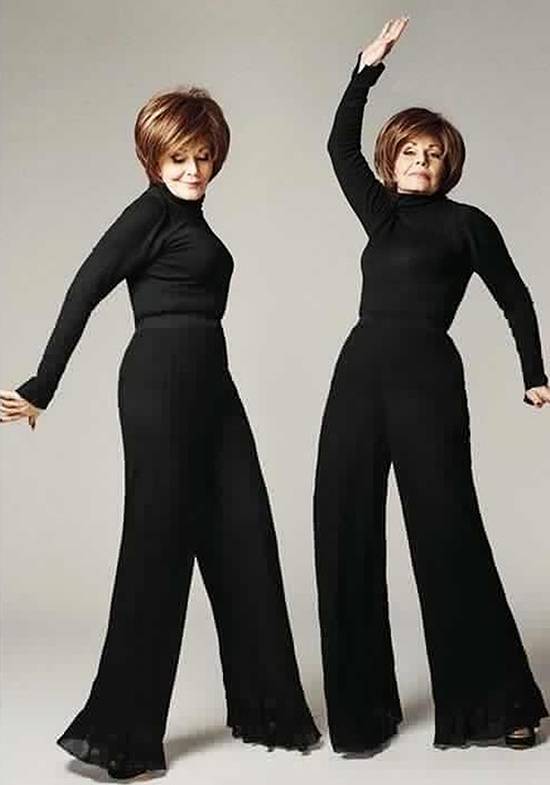
She was such a favorite in the concert scene that she opened the show of the Beatles, performed with the likes of Matt Monro and Ray Charles. She did a tour with Bob Hope and was invited by Sammy Davis Jr. to Las Vegas where she became the first Filipino singer to perform at Caesar’s Palace. At the time when Diana Ross was also in residence, Pilita made waves because she was the only one who changed gowns every day. People were so impressed and would ask her how much the garments cost. “Eh di siempre binobola ko rin, ‘That’s $2,000’! Eh, ano lang pala yun, P2,000!”
Her granddaughter, Janine Gutierrez, credits Pilita for her fashion style: “What I get from her is to have fun with fashion and be resourceful. She’s also very thrifty! She used to tell me, ‘People won’t know this is so cheap because it’s how you wear it. You don’t have to spend a lot to be able to look great.’ She doesn’t really splurge. She enjoys a bargain.”
Pilita shared a lot of her clothes and accessories with Janine and her other apos, even the sexy and playful ones. “But never indecent,” she qualified. “I wear a lot of see-through and some are crocheted, but I am well-covered. Although sometimes, I explain on stage, ‘This is bare but you won’t see anything. But surely they would ask themselves, ‘Mayroon ba ‘yang panty o wala?’ LOL.”
Although her style was emulated, she really didn’t think that it was because she had fashion sense. “I just always wanted to look like I cared—even if I am running errands at the bank or grocery. I think I owe it to my public. You owe it to them because they look up to you. Nowadays, with the cellphone, anywhere you go, they take a picture of you.” This is why she always tried her best not to repeat gowns for her shows. “The Filipino is very conscious of clothes and fashion. Alam nila. ‘Ginamit nya yan sa concert ni Martin, bakit inulit nya?’” It’s this devotion to her public that has made her the beloved entertainer that she is, an inspiration to countless singers, from Gary Valenciano to Regine Velasquez, and a legend in the music industry that has christened her “Asia’s Queen of Songs” after bringing pride and honor to her homeland.
Never slowing down even with her advanced years, she always said, “I will keep on singing as long as people want to hear me sing.”



